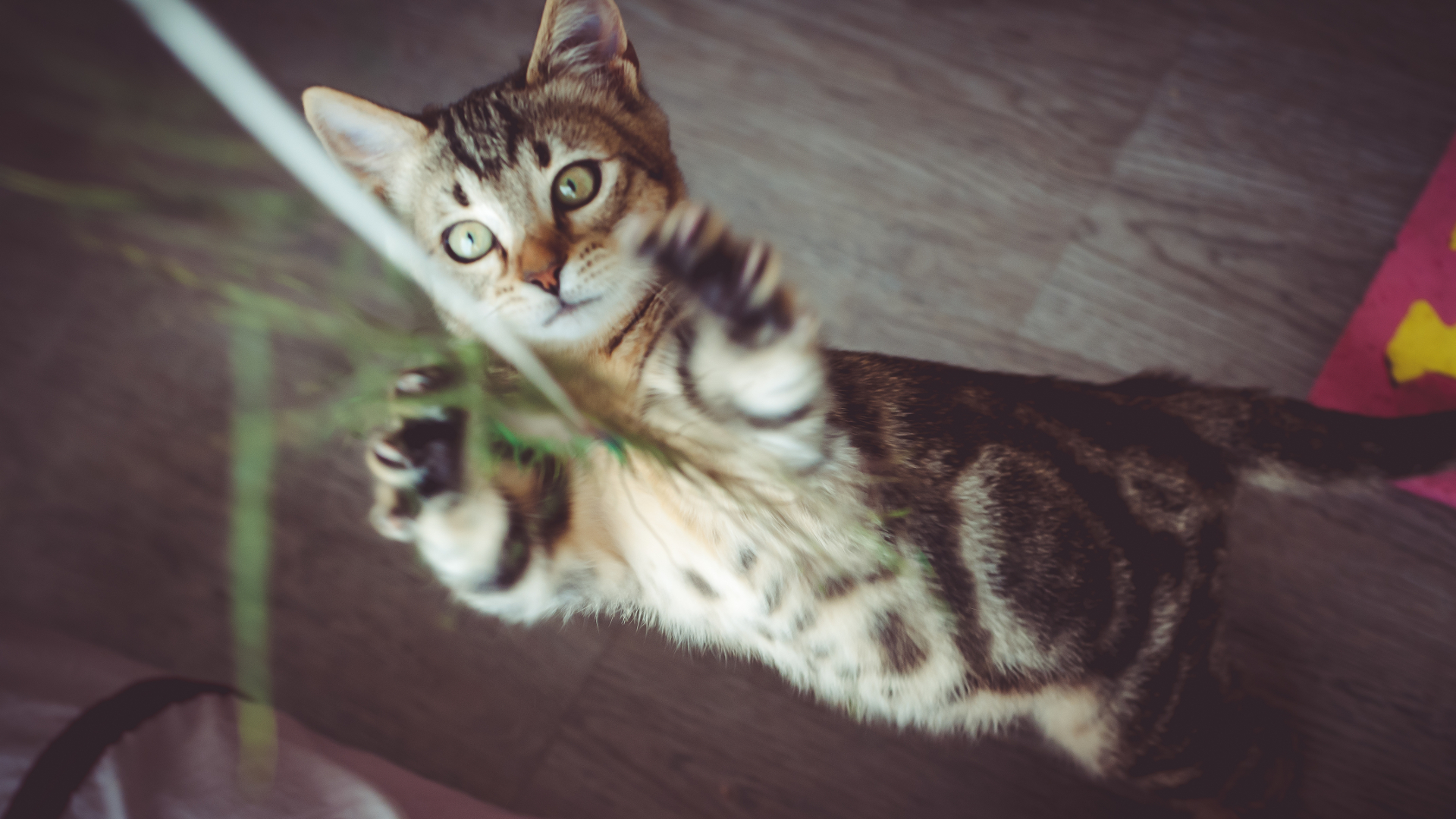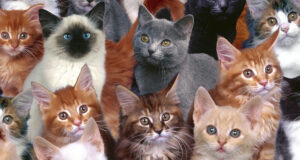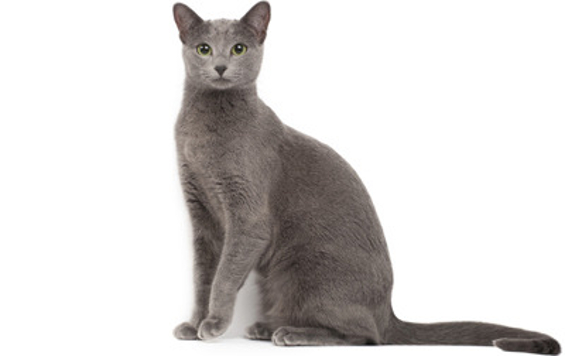Best Cats for People with Allergies
Provided by Pet MD
Technically, there is no such thing as a 100 percent hypoallergenic domestic cat (or dog). If your allergy is not severe, these breeds should come pretty close. The following is a guideline which petMD recommends for people who want to adopt a feline, yet feel their options are limited due to allergies.
DEVON REX
Just independent enough to be an ideal cat for working families, the Devon Rex will shower its people with love and attention when they are around, and stay out of trouble when they are not. And, because it sheds very little, it does not shower the home in hair.
CORNISH REX
The Cornish Rex is a strikingly unusual cat; small to medium in size with an egg-shaped head, long legs, and large ears. Affectionate and attention-seeking, the Cornish Rex is a high energy cat that bonds well with its human family.
JAVANESE
The Javanese possesses a high degree of intelligence and seems to understand when spoken to. It will look a person straight in the eye and answer with a meow. In fact, the cat is well-recognized for its excellent communication skills. Javanese are also loyal to a fault and can be easily trained.
SPHYNX CAT
Though they appear to be hairless, many Sphynxes are actually covered with a fine gossamery down which can only barely be felt or seen. Because of its fineness, the skin of the Sphynx is often compared to warm suede. It is often heavily wrinkled around the shoulders, between the ears, and around the muzzle. A well-behaved, high energy cat, the Sphynx is a true extrovert who loves human attention and will show off to keep it.
BALINESE
The coat on the Balinese is of a silky texture and single coated, with only minimal shedding. In fact, the Balinese is noted for its lack of shedding amongst long coated cats. Speaking and interacting with humans is what it is most fond of. This breed is ranked as one of the most intelligent of cat breeds, and is also remarkable for its good humor, good nature, and high energy. Getting along well with both animals and people is one of the strongest qualities the Balinese possesses.
ORIENTAL SHORTHAIR
The Oriental Shorthair is long and slender, with large ears and piercing almond-shaped eyes. It is a member of the Siamese family. However, unlike the Siamese, the Oriental Shorthair comes in over 300 colors and patterns. It is also less “talkative” than the Siamese, but is still fond of chatting and is never too tired to strike up a “conversation.” This is a cat that needs to be the center of attraction. Lavish an Oriental with love and it will return it in full measure.
RUSSIAN BLUE
The Russian Blue was named for its coat, which is lavender at the base (root), darkening along the shaft up to the tips of the guard hairs, which are tipped in shimmering silver. One of the more curious and amusing features of the Russian Blue is its “smile.” It has a slightly upturned mouth, which is frequently compared to the enigmatic Mona Lisa smile. The Russian Blue can spend hours amusing itself and does not mind an awful lot if it is left at home alone for the day, but it will be very happy to see you when you do arrive. Elegant, and reserved, this cat is also very playful, and loves to chase after toys and sunbeams.
BENGAL
Though it is not a lap cat, the Bengal does enjoy human company and will often stay close to its family members. The Bengal particularly enjoys the company of children, since its energetic nature makes it very fond of playing games.
COLORPOINT SHORTHAIR
The Colorpoint Shorthair is a first-cousin of the Siamese, and like its cousin it is a born extrovert, making friends easily, chattering persistently, and showering its owner with love. The Colorpoint is also remarkably sensitive to moods. If someone is moved to tears while watching a tragic movie, this cat will try to bring them comfort.
SIBERIAN
The Siberian does not blend easily into the background. It is a large cat, with a lush double coat. This may seem counter intuitive at first, but remember that it is not the hair that makes a cat allergenic. The Siberian is notable for having a low level of the Fel d 1 protein in its saliva, so people with relatively mild allergies will often be able to tolerate living with this affectionate breed.
PROBLEM SOLVED?
Now that you know which cat breeds are least likely to set off your allergies, before you go out and search for one to bring home, you may want to check in with your own doctor first. Remember that hypoallergenic does not mean 100% dander or Fel d 1 free. Depending on the severity of your allergy, or if you have asthma, a companion animal may not be a good choice. Also, even for mild allergies, it is best to keep the bedrooms cat-free zones, vaccuum the furniture and floors often, and wash hands always after petting the cat.
To learn more about pet allergies, visit the American Lung Association.









